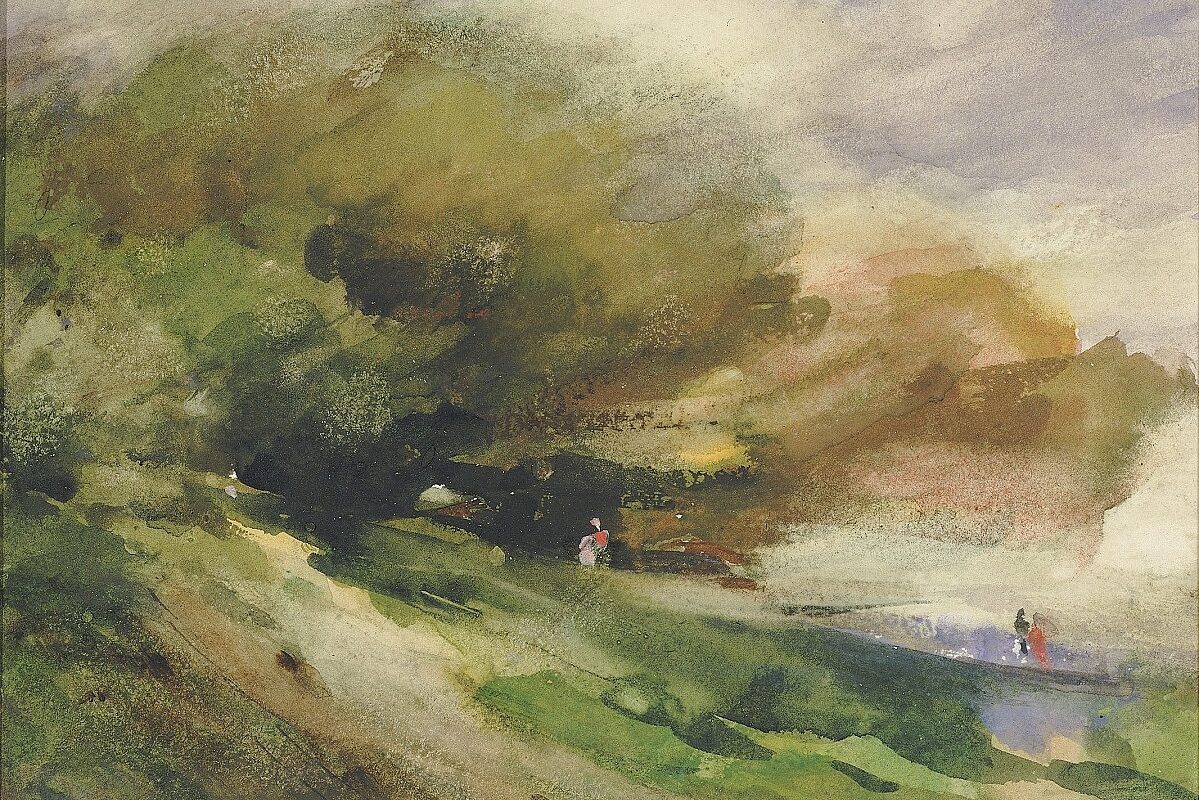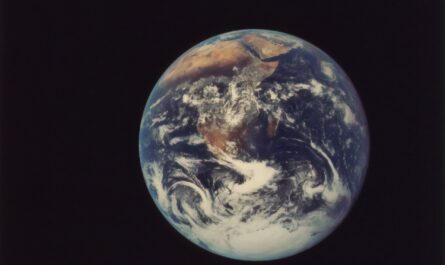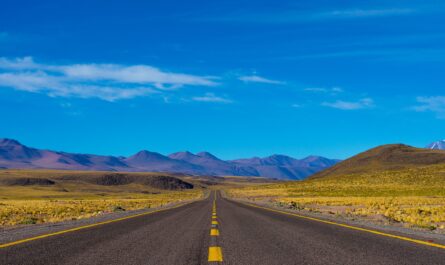“Every walk is a sort of crusade,” wrote Thoreau, in his timeless ode to the saunter.
Though Thoreau literally wrote the book on walking, countless writers, composers, inventors have praised its creative benefits. Beethoven, Nietzsche, and Kierkegaard were all known for their daily walks through their respective cities. On their walks these masters would consider the problems at hand, whether a melody or a philosophical conundrum or the source of tension within a person. Walking was reflective as well as restorative for Kierkegaard in particular, who wrote to his sister-in-law, “Above all, do not lose your desire to walk: Every day I walk myself into a state of well-being and walk away from every illness; I have walked myself into my best thoughts, and I know of no thought so burdensome that one cannot walk away from it.”
Stress and uncertainty can beat us down. A walk is a free luxury – it costs nothing and yet yields much calm, clarity, and direction. Walking is helpful any time, but particularly timely in the current moment, where we find ourselves in a strange Siberia of indecision. Today, consider the simple magic of taking a walk. If every walk is a crusade, every walk has a purpose. That purpose can be as simple as feeling the sunshine and breathing the fresh air.
A walk forces your perspective to widen; perhaps even shift. As poet William Blake wrote, “The tree which moves some to tears of joy is in the eyes of others only a green thing which stands in the way. Some see nature all ridicule and deformity, and by these I shall not regulate my proportions; and some scarce see nature at all. But to the eyes of the man of imagination, nature is imagination itself. As a man is, so he sees.” A walk is an exercise in thinking – in considering all angles of an argument or problem and working through them. Walking – particularly in nature – is an opportunity to work on your own perspective, improving who we are, and thereby as Blake says, how we view those around us.
A walk is rife with paradoxes. The body is in motion; the mind is still. Yet, in that stillness the mind continues to mull over the questions, events, and concerns of the day. The forward motion of our feet encourages our minds to think through problems – to endeavor on until solutions reveal themselves. This very process is why Steve Jobs took so many “walking” meetings, in addition to his own thoughtful walks. Interestingly, while a walk invites reflection and contemplation, we must also take notice of what is just in front of us, both literally and metaphorically. Whether it’s a puddle in our path, or an obstacle to be overcome, a walk is a choice to meet the challenges where they lie.
A walk is free from noise, but far from silent. For our purposes, walks do not include technology. The ambient sounds of water flowing or branches rustling stand in stark contrast to the noise in our daily lives; notifications dinging, advertisements blaring, podcasts streaming, endorsements, arguments, and on. To walk is to journey away from noise, into thought. On a walk, we listen to the sounds around us, instead of tuning out the excess noise. It’s to hear the birds and distant hum of tires on pavement and accept that those noises are part of the wide world we live in.
A walk is often less efficient, but essential. Take a stroll through the spaces you normally frequent, even to complete your errands. “But walking is too slow!” Yes, dear Reader, and that is the point. Slow down and literally see the trees, flowers, bushes, and fences you rush past everyday; to view them in light of William Blake’s ideas on trees. The car is meant to move you from point A to point B as quickly and efficiently (arguably) as possible. Efficiency, though, removes the best parts, like noticing a bird’s nest in that tree up ahead and just to the right. You don’t have the opportunity to notice the leaves crunch under your feet because they’ve been blown aside by the rush of the car.
The walk is an act of cheerful defiance. Taking a walk signifies pushing past false boundaries. Walking is a physical manifestation of the search for better, sustainable solutions. Walking defies instant gratification. Taking a walk is to invite questions and ponderings. All things which are increasingly foreign to the modern way of life. To walk is to step away from the rat race and focus on the timeless and beautiful.
As I type this, I’ve just returned from a walk; I’m buzzing with ideas, yet calm from the exertion and cheered by the warm sunshine of a lovely Autumn day. As the insects buzzed and swooped, as the cardinals chirped intermittently, I found that the silence of a walk is populated by thought. It seems a walk is the place we are least alone, to paraphrase Lord Byron. Though I endeavored on that crusade with a vague purpose, I returned with more of a bounty than I’d anticipated. That’s the beauty of taking a walk, and giving your thoughts space to settle.
Yes, we live with uncertainty; the US election has yet to be determined, not to mention the worldwide pandemic currently going on. However, to take a walk is to gain perspective, and refuse to be swallowed up with the news of the day. It’s so remember what it is that makes us human – the ability to ruminate and plan and take a course of action. To take a walk is to embark on a magical journey.
Above painting is by William Henry Holmes, The Shaded Walk, 1927, watercolor, Smithsonian American Art Museum, Gift of Dr. William Henry Holmes, 1930.12.65




